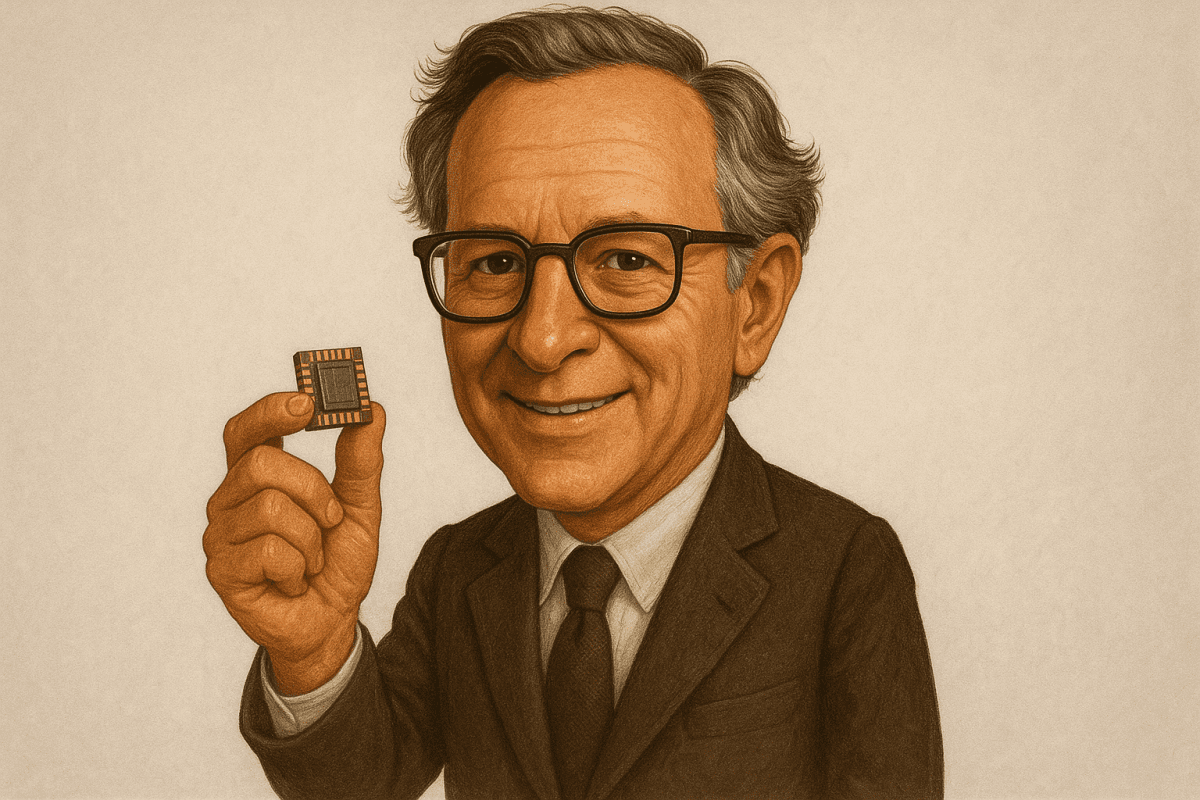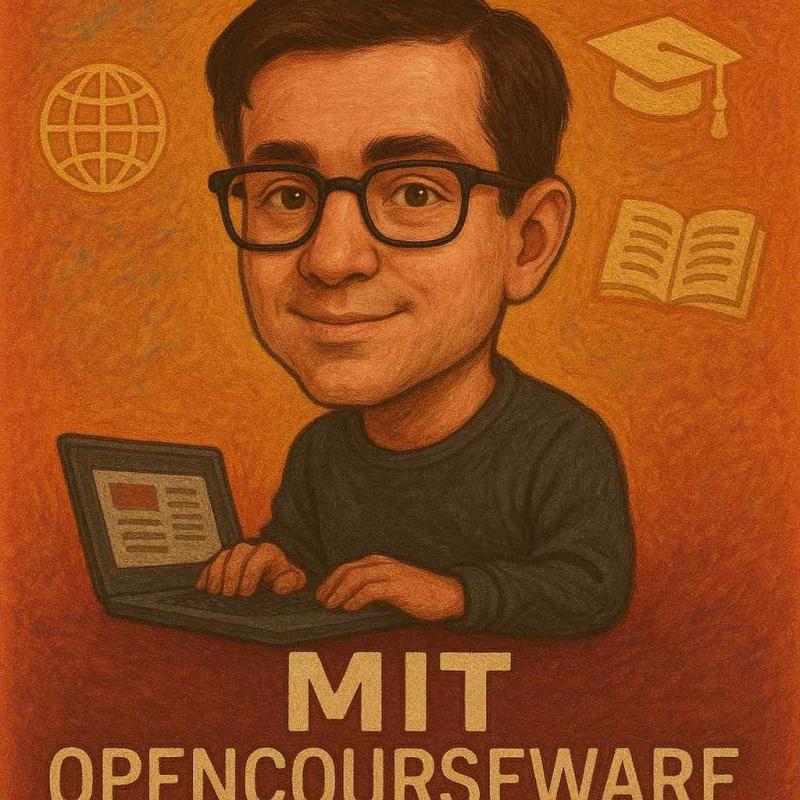Robert Noyce: The Spark Who Put Silicon in Silicon Valley
Introduction: An Unsung Engineer in Every Computer
Picture a room with humming computers, flashing screens, and anxious coders typing through the night. Most of us have lived some version of this scene, but how many know the man whose ingenuity really made it possible? Robert Noyce isn’t a household name in most living rooms, yet anyone reading this owes him—directly. I grew up debugging my first PC on a creaky wooden desk. That memory, of cursing at frozen screens, links to Noyce’s work in ways most forget. He was at the heart of the movement that turned chips of sand—yes, actual sand—into the INR 1 lakh-crore digital backbone gripping our century.
Scientific Achievement: Piecing Together the Building Blocks
Let’s skip the tired word “revolutionary.” Noyce did something much more hands-on: he figured out how to make computers smaller, cheaper, and accessible. Back in the 1950s, a “computer” needed a whole room and almost an electrician on standby. Then, in 1959, Noyce took an everyday piece of silicon, combined it with William Shockley’s transistor know-how, and—ta-da!—built the first proper integrated circuit. This wasn’t just an improvement. It was the moment microchips got real.
When you unpack that old Texas Instruments TI-99/4A or marvel at a Raspberry Pi kit, you’re looking at the distant offspring of Noyce’s work. Lab tools like the popular Digilent Analog Discovery 3 or even the “Make: Electronics” kit would be science fiction if not for his efforts.
He also saw the big picture. Instead of protecting his patents in a steel cage, he encouraged sharing—the open exchange of ideas. That move? It turned the US West Coast into a hotbed for what we now call, with no irony, “Silicon Valley.” No valley, no digital watches, no smart appliances chirping for your attention at 2 a.m.
Commercial Impact: Chips to Crores, Literally
Noyce wasn’t just a thinker—he was a builder. In 1968, along with Gordon Moore, he started Intel. I can almost hear the snort, “Oh, that Intel.” Yes, that Intel—the name behind every “i3/i5/i7” sticker gracing your laptop. In just a few gutsy moves, they swapped out clunky vacuum tubes for sleek, functional integrated circuits. The commercial fallout? Dizzying.
Here’s how it worked:
- Integrated circuits slashed production and operating costs.
- Factories no longer needed football field-sized floors just to store computing equipment.
- Devices grew smaller—pocket calculators from Casio, digital wristwatches, even “cheap” home video consoles—became possible.
By the late seventies, Intel’s chips powered the meteoric rise of IBM PCs. Suddenly, “Made with Intel Inside” was a badge worth its weight in rupees. The microprocessor (say, the classic Intel 8080 and then the famed 8086) meant companies built entire businesses atop what started as a single glimmer in Noyce’s lab. If you’re thinking of enrolling in that Udemy “Microprocessors for Everyone” course or eyeing the “Intel Microprocessors” reference book by Barry B. Brey, remember—it all points back to Noyce.
Current Legacy: More Than a Logo, Still Leading the Circuit
Fast forward to today. Chips aren’t just in computers—they’re everywhere, from Bluetooth toothbrushes to traffic signals. Intel remains a mainstay, generating INR 3 lakh-crore or more in annual revenue, weathering every tech cycle. Sure, there’s more competition (AMD, ARM, Qualcomm, to name a few), but Intel’s modern chip sets—from Xeon for servers to home desktop darlings—still anchor entire economies.
More interestingly, the culture pioneered by Noyce—teamwork, knowledge sharing, a bias for action—thrives in the Valley’s DNA. Job postings may now ask for Python over pure electrical engineering, but the approach is still his. You’ll still find his fingerprints in the guidance of “Hackaday Superconference” builds, the support documents for Arduino starter kits, and in every ambitious startup hoping to be “the next big thing.”
Product Placement in the Wild
- TI-99/4A, the “hobbyist’s delight,” proved early on what was possible with integrated circuits.
- Raspberry Pi kits inspire a new generation to build magic from silicon.
- “Make: Electronics” by Charles Platt is essential to every tinkerer—powered by Noyce’s chip advances.
- Digilent Analog Discovery 3 brings high-end lab testing to your apartment desk.
- “Intel Microprocessors” textbook (by Brey) doesn’t just teach—it canonizes decades of chip history.
- Udemy’s “Microprocessors for Everyone” makes sure there’s always a new cohort marveling at these breakthroughs.
Conclusion: The Quiet Architect Behind Our Digital Lives
So, the next time you command Alexa, fire up a PlayStation, or get a WhatsApp ping at midnight, spare a thought for Robert Noyce. His knack for bringing people and ideas together didn’t just shrink computers. It made computing a fact of daily life, an INR 10 lakh-crore shift that modern business, education, and fun now lean on full tilt.
And what’s his lasting lesson? Build with others. Share what you know. Take a risk or two—some failures might just seed the sparks for the next big, world-shaking thing.
To wrap it up, if you’re searching for the roots of today’s tech magic, you’ll find them in the sandy hands of a man who saw possibility where others saw ordinary sand. Not bad for a quiet Midwestern kid with a soldering iron and some stubborn dreams.



